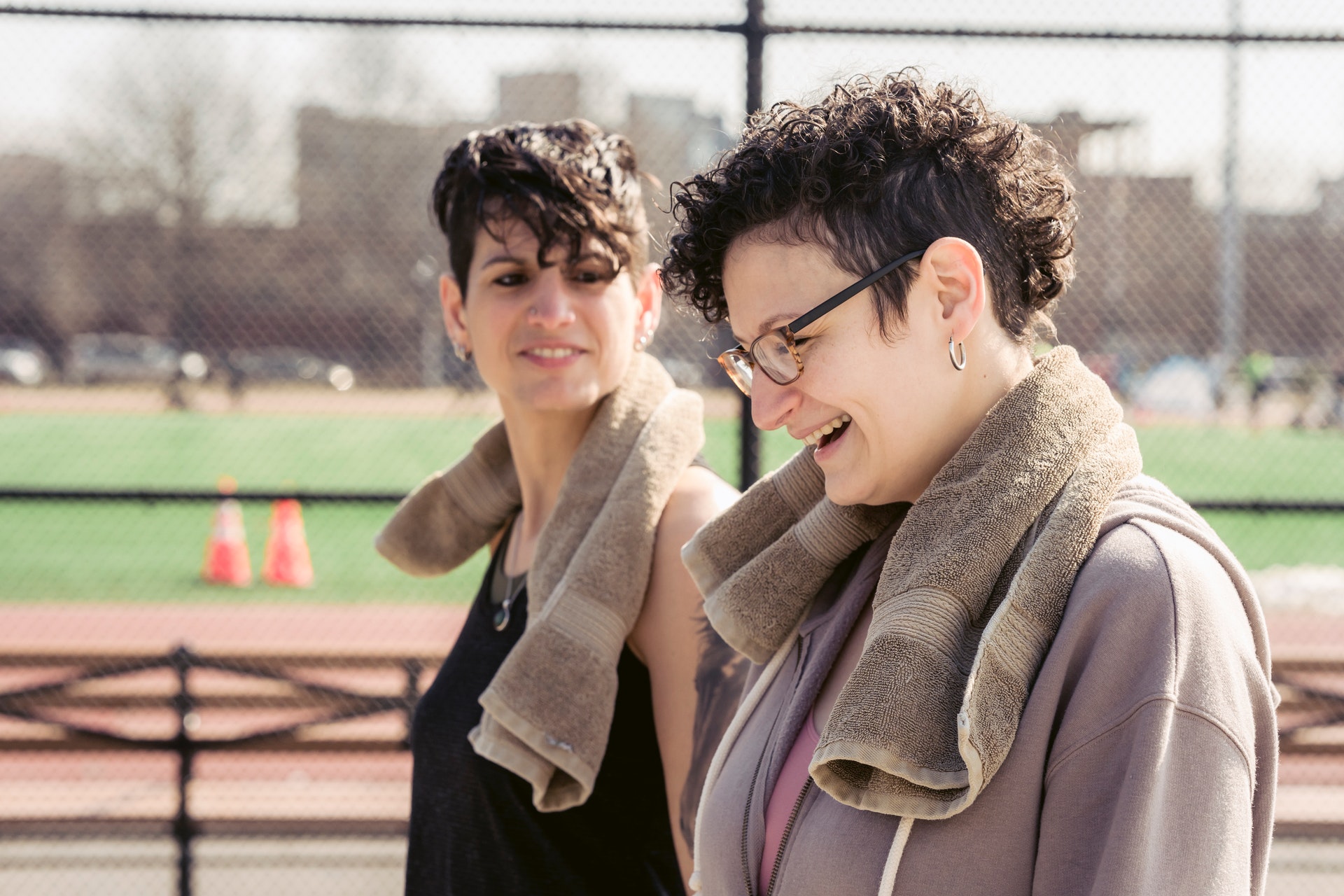Ever felt like you’re stuck in a maze, chasing the elusive cheese of an IRMAA refund? Like Alice down the rabbit hole, everything seems confusing and upside-down. Medicare premiums are no Wonderland – especially when you’ve paid more than your fair share.
You may have heard whispers about getting some money back if you’ve overpaid on IRMAA (Income-Related Monthly Adjustment Amount). But how? The rules seem as tangled as Rapunzel’s hair!
In this post, we’ll cut through those knots together. We’ll navigate reimbursement processes, explore ways to lower your IRMAA based on life-changing events, and guide retirees on receiving their automatic reimbursements from health benefits programs.
We’re turning confusion into clarity; lost into found. Are you ready to find that cheese at last?
To start with applying for your IRMAA refund requires some preparation but can save you money in return. Those retirees who paid above the standard premium can submit their application form.
This means filling out detailed paperwork which will allow reimbursement claims from those pesky additional costs associated with higher incomes on medicare plans such as drug coverage charges among others.
You may be eligible for a lower IRMAA if you have experienced significant life changes, such as marriage, divorce or loss of income. That’s right. You may be able to use these events to qualify for a lower IRMAA.
A sudden decrease in income could significantly affect the amount you’re expected to pay towards your Medicare Part B and D premiums. For instance, if you’ve recently retired and are now receiving less from your pension check than when working full-time, this is considered a valid reason for re-evaluating your IRMAA surcharge.
Your tax return plays an integral role in determining the standard monthly adjustment. Specifically, Social Security uses modified adjusted gross income (MAGI) data from IRS tax returns two years prior – essentially looking back at what was earned then – not necessarily reflecting where things stand today. The good news is that by using amended tax returns following significant changes in circumstances; it’s possible we can work together towards lowering that pesky additional charge.
When calculating IRMAA amounts initially determined by MAGI details found within your IRS tax return two years ago – so let’s say 2023 figures would determine adjustments applied during 2023 – they aren’t always representative of present financial status due major shifts experienced since those records were last filed. Thankfully though there exists potential relief available via submitting updated documents showing revised earnings post any life-altering situations occurring subsequently thereby potentially leading toward reductions concerning these extra payments.





